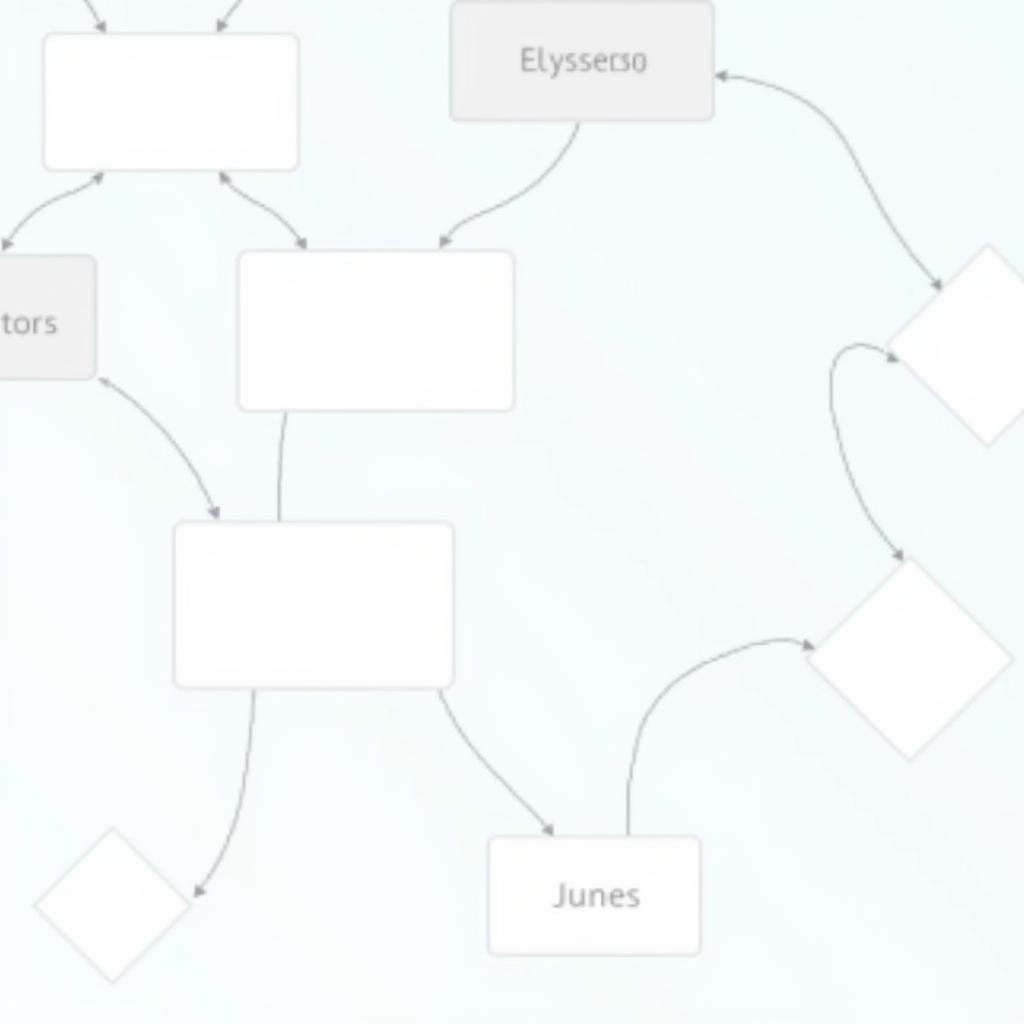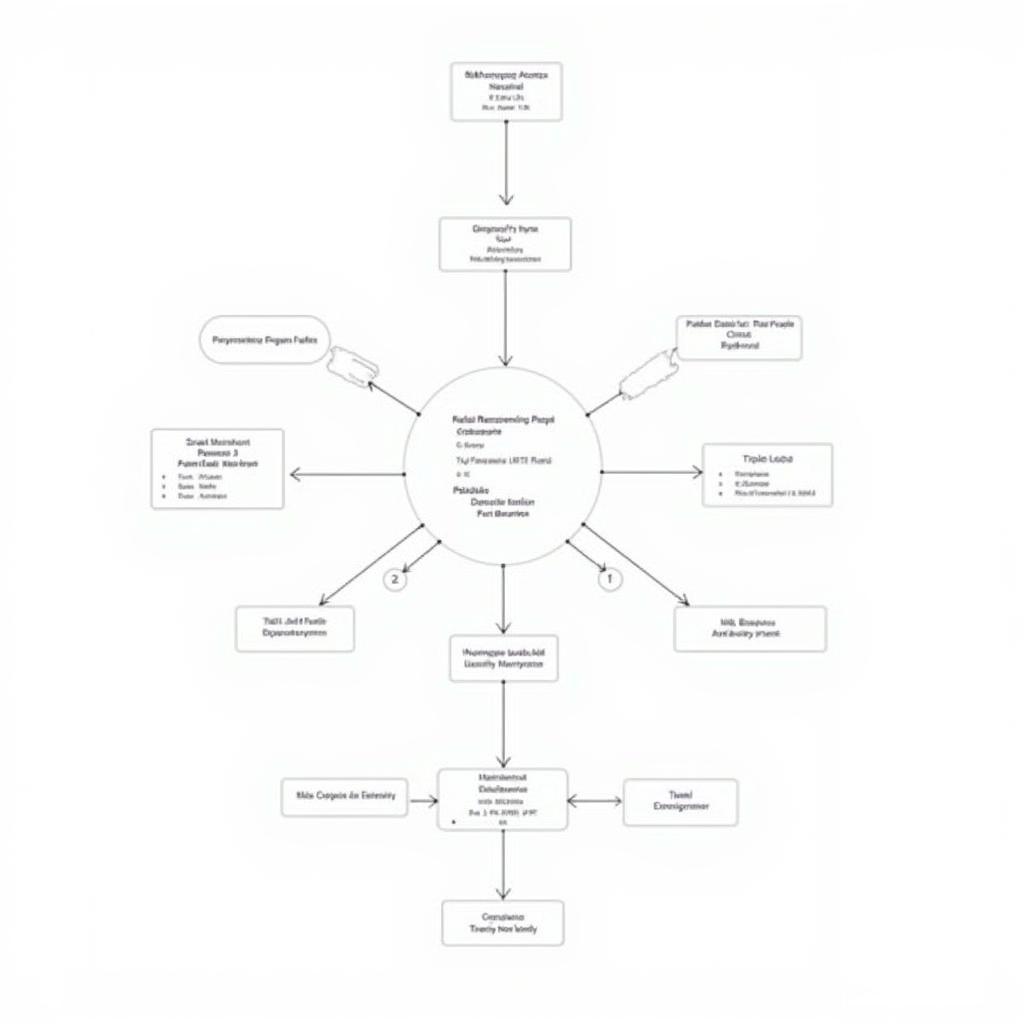A hospital management system (HMS) is a complex network of interconnected processes, and understanding its intricacies is crucial for efficient operations. An ER diagram, or Entity-Relationship diagram, visually represents the system’s data structure, providing a blueprint for how information flows and interacts within the HMS. This makes understanding the Hospital Management System Er Diagram essential for anyone involved in healthcare administration, IT, or related fields. We’ll explore the key components and benefits of a well-designed HMS ER diagram.
Navigating the complexities of a modern hospital requires a robust and efficient management system. At its core lies the hospital management system ER diagram, a visual representation of the data structure that underpins the entire operation. This diagram not only maps out the various entities within the system but also illustrates the relationships between them, offering a comprehensive overview of how information flows and interacts.
Deconstructing the Hospital Management System ER Diagram
The ER diagram provides a visual representation of the database structure, outlining the entities, their attributes, and the relationships between them. Key entities typically include:
- Patients: Attributes include patient ID, name, date of birth, medical history, contact information, etc.
- Doctors: Attributes include doctor ID, name, specialization, contact information, etc.
- Nurses: Attributes include nurse ID, name, specialization, contact information, etc.
- Departments: Attributes include department ID, name, location, etc.
- Rooms: Attributes include room number, type (private, semi-private, ICU), availability, etc.
- Appointments: Attributes include appointment ID, patient ID, doctor ID, date, time, etc.
- Medications: Attributes include medication ID, name, dosage, etc.
- Billing: Attributes include bill ID, patient ID, services rendered, costs, etc.
These entities are interconnected through relationships. For example, a patient can have multiple appointments, a doctor can belong to a specific department, and a room can be assigned to a patient.
 Example of a Hospital Management System ER Diagram
Example of a Hospital Management System ER Diagram
Benefits of a Well-Designed ER Diagram
A well-designed hospital management system ER diagram offers numerous benefits:
- Improved Data Management: Clear visualization allows for better organization and management of patient data, medical records, and other critical information.
- Enhanced Efficiency: Streamlined workflows and improved communication between different departments lead to increased efficiency.
- Reduced Errors: A clear understanding of data relationships minimizes the risk of data inconsistencies and errors.
- Better Decision-Making: Accurate and readily available data empowers informed decision-making by healthcare professionals and administrators.
- Simplified System Development: The ER diagram serves as a blueprint for developers, facilitating the creation of a robust and efficient HMS.
You can learn more about maintaining clean air in healthcare facilities from our article on hospital air filtration.
Key Considerations for Designing an Effective ER Diagram
Several factors contribute to an effective ER diagram:
- Thorough Requirements Gathering: Understanding the specific needs of the hospital is crucial for designing a relevant and useful diagram.
- Clear Definitions: Precisely defining entities and attributes ensures clarity and consistency.
- Proper Notation: Using standard ERD notation facilitates understanding and collaboration among stakeholders.
- Regular Updates: The ER diagram should be reviewed and updated periodically to reflect changes in the hospital’s operations and data needs.
What are the common entities in a hospital management system ER diagram?
Common entities include patients, doctors, nurses, departments, rooms, appointments, medications, and billing information.
How does the ER diagram improve hospital efficiency?
It streamlines workflows, improves communication, and reduces errors, leading to increased efficiency.
Miscarriage can be a deeply emotional experience, and understanding the discharge process can be helpful. You can find information regarding miscarriage hospital discharge papers on our website.
Conclusion
The hospital management system ER diagram is a foundational element for efficient hospital operations. By providing a clear and comprehensive view of the data structure, it facilitates improved data management, enhanced efficiency, and better decision-making. Understanding the hospital management system ER diagram is essential for anyone working in the healthcare sector.
 Hospital Management System ER Diagram Key Components
Hospital Management System ER Diagram Key Components
FAQ
- What is an ER diagram?
- Why is the ER diagram important for a hospital management system?
- What are the main components of an HMS ER diagram?
- How does the ER diagram improve data management?
- What are some common entities in an HMS ER diagram?
- How often should the ER diagram be updated?
- Who are the primary users of the HMS ER diagram?
 Complete Hospital Management System ER Diagram
Complete Hospital Management System ER Diagram
For further assistance, please contact us at Phone Number: 02437655121, Email: [email protected] or visit us at 298 Cau Dien Street, Minh Khai Ward, Bac Tu Liem District, Hanoi, Vietnam. We have a 24/7 customer service team.